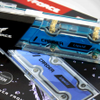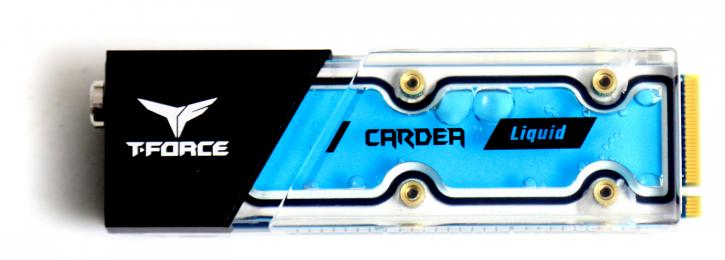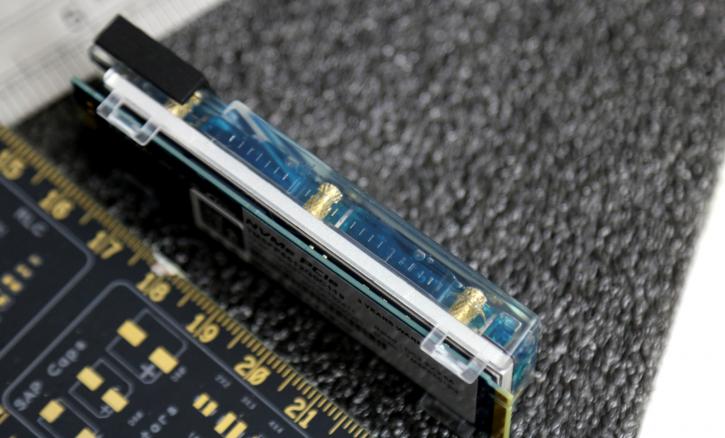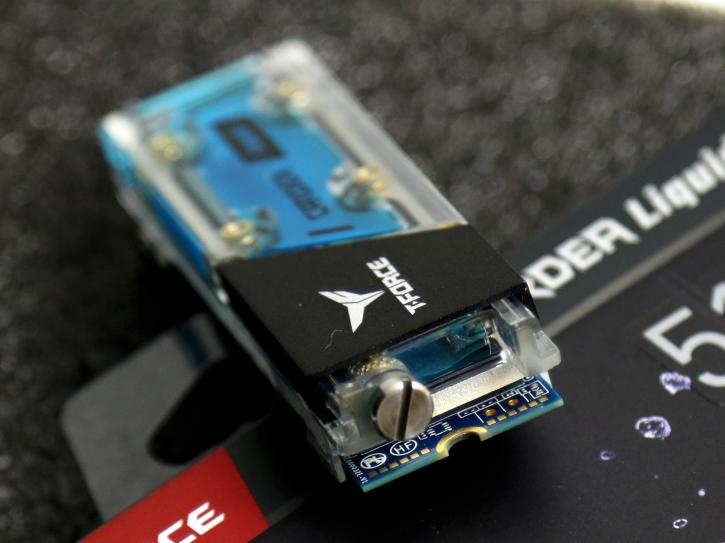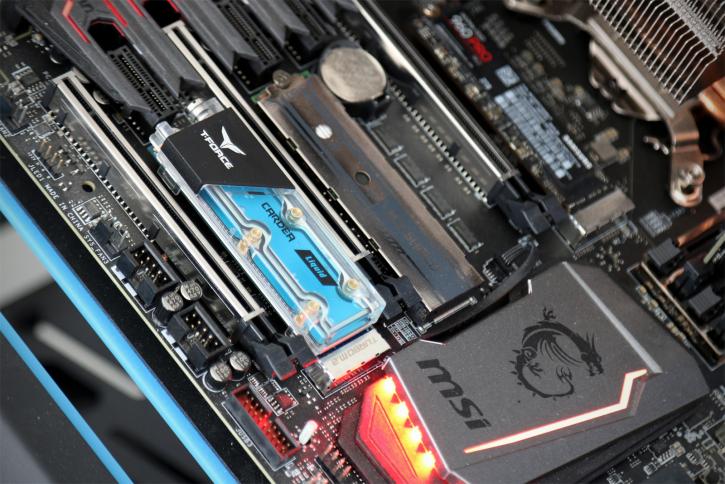Product Showcase
Product Showcase
The following images were taken at high-resolution and then cropped and scaled-down. The camera used was a Canon DSLR shooting 12 MegaPixel photos.
Above, the tested unit; you should easily be able to place the M.2 unit into a compatible NVMe protocol motherboard. Most motherboards chipsets support it. You should, however, check out with the motherboard manufacturer if you have an x4 lane PCIe Gen 3.0 version with NVMe protocol support. Of course, these SSDs are backward compatible thus PCIe Gen 2.0 will work as well, however, the interconnect is halved in bandwidth per generation and that thus has a large effect on performance
The backside is clear of any ICs. The latest Windows 10 iteration has an up-to-date NVMe 1.3 protocol driver natively, so you do not necessary to install a 3rd party driver.
Some liquid will evaporate over time no matter how you contain is. At the side you can see small stripes, if a few of them show air, you can fill the unit up actually. Have a look at the next photo.
If you slide down the black cap and remove that small screw you can add a little coolant (included) if needed.
The compact M.2 2280 form factor ensures compatibility with the next-generation desktop and mobile platforms that support the M.2 PCIe slot and interface. The 80 on 2280 is short for 80mm, aka, that is the length of the card and 2280, you guessed it now .. 22mm for its width. The heatsink does raise a new concern, it's higher and very low PCIe devices could be blocked albeit there was enough clearance for graphics cards that we quickly inserted to check that out.
